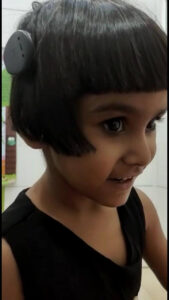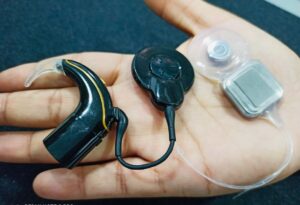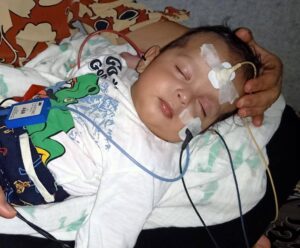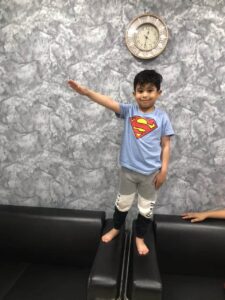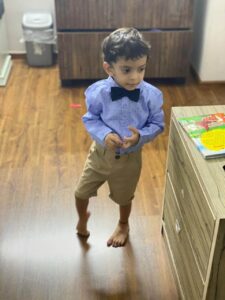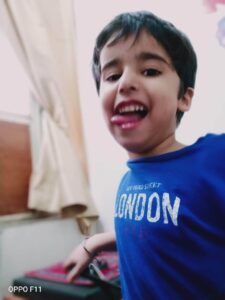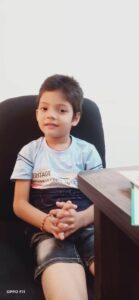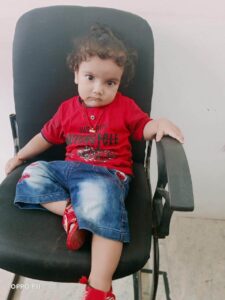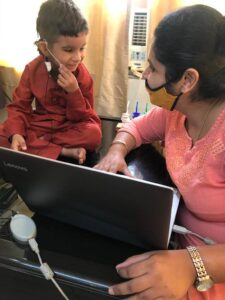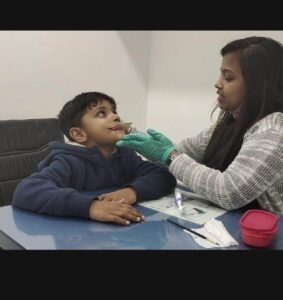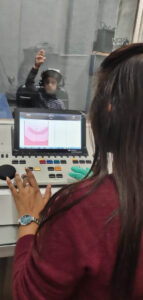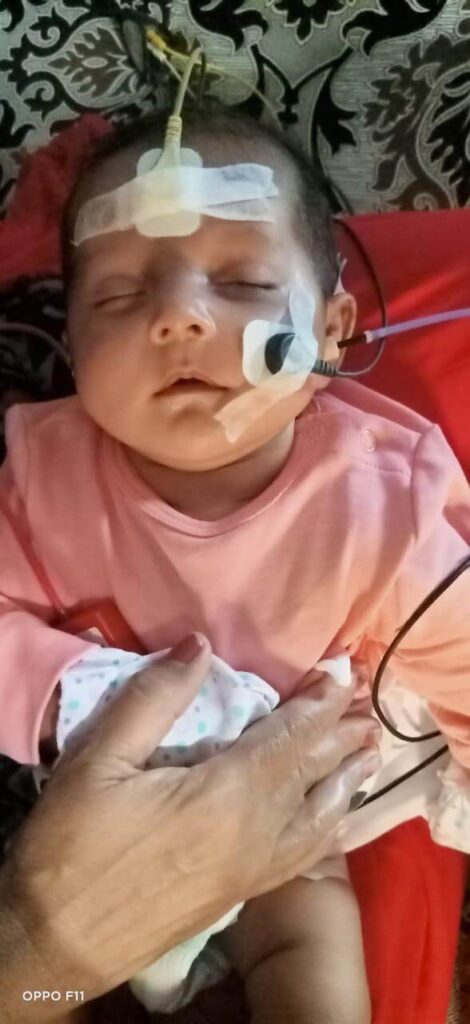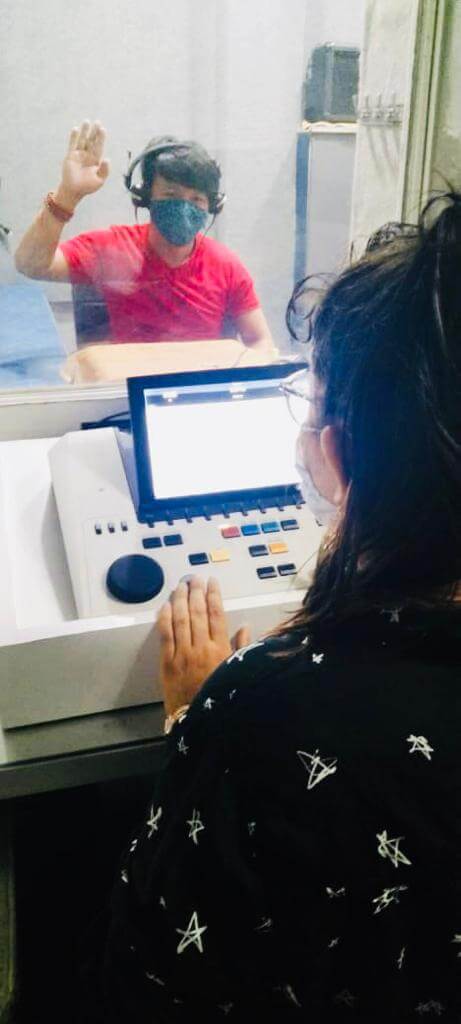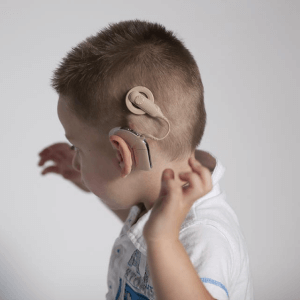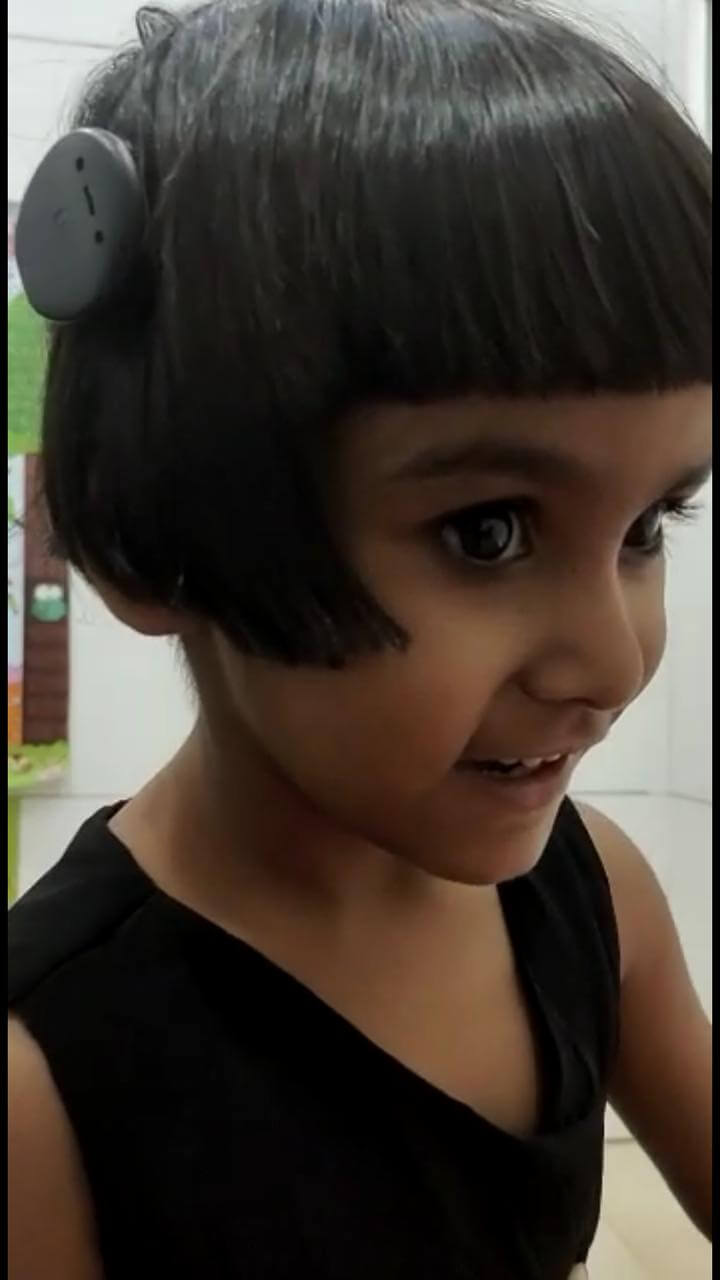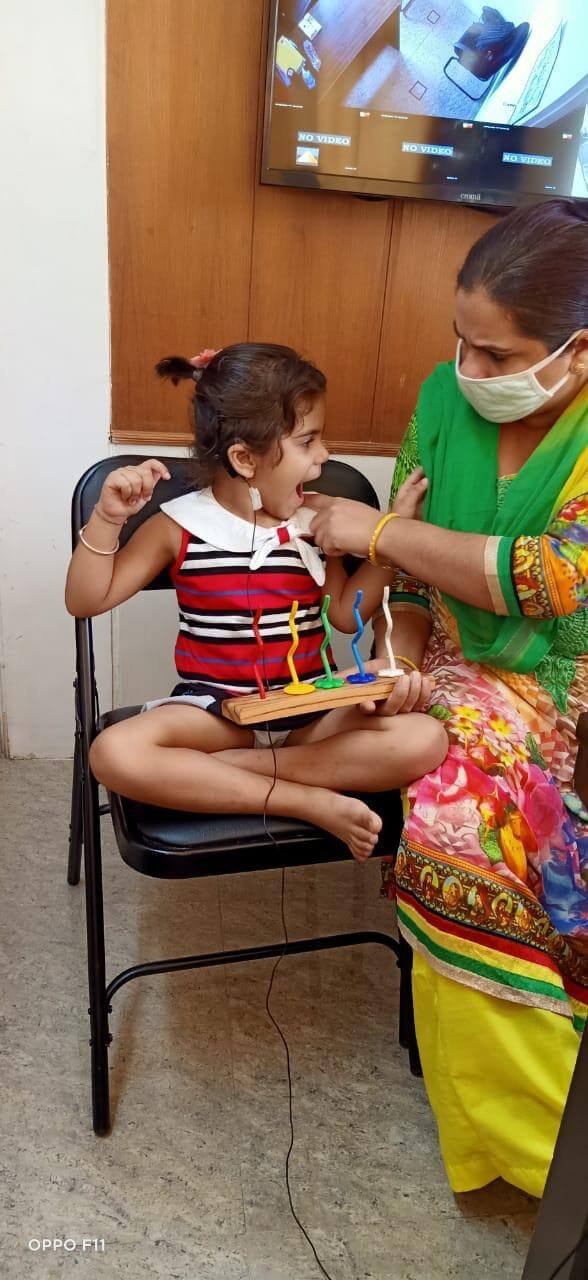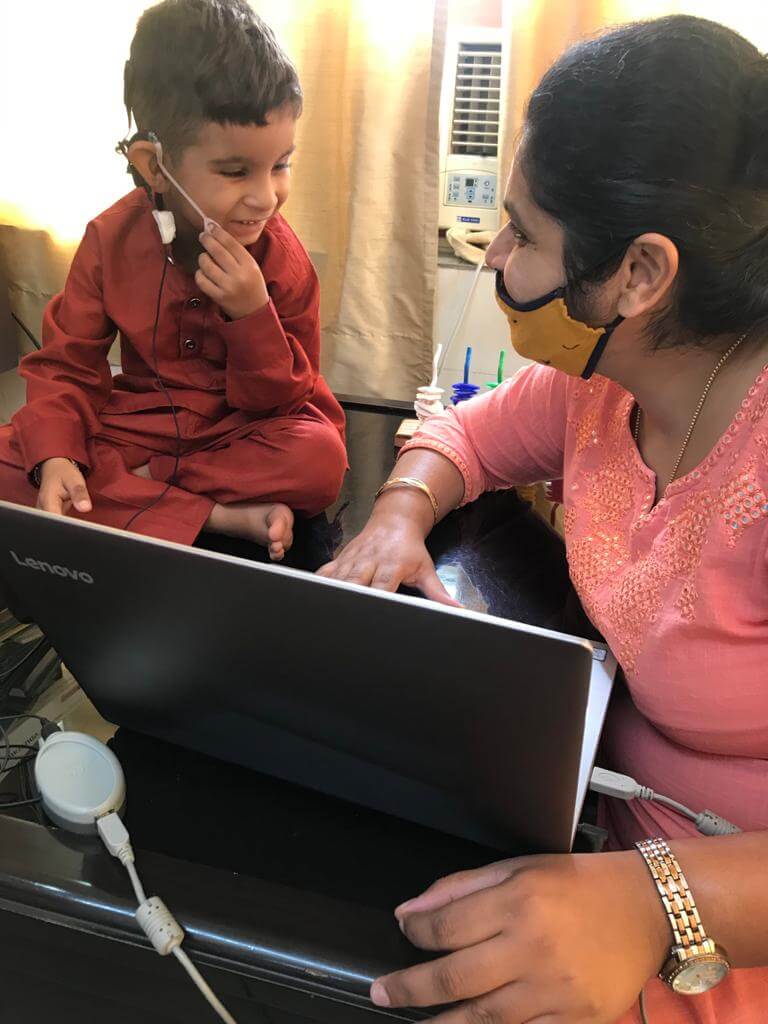When to have a hearing assessment for babies?
Hearing should be evaluated in all newborns. WHO recommends the test should be done in the first 4 to 5 weeks, but it can be done at up to 3 months of age. Watch for signs that hearing is normal; if there is a delay, you should get a hearing assessment done immediately. Some hearing milestones your child should reach in the first year of life:
- Most newborn infants startle or “jump” to sudden loud noises.
- By 3 months, a baby usually recognizes a parent’s voice.
- By 6 months, a baby can usually turn his or her eyes or head toward a sound.
- By 12 months, a baby can usually imitate some sounds and produce a few words, such as “Mama” or “bye-bye.”
- As your baby grows into a toddler, signs of a hearing loss may include:
- Limited, poor, or no speech
- Frequently inattentive
- Difficulty learning
- Seems to need higher TV volume
- Fails to respond to conversation-level speech or answers inappropriately to speech
- Fails to respond to his or her name or easily frustrated when there’s a lot of background noise

Is Audiological Procedure is same for both adults and children?
No, the world apparently sounds very different to infants than it does to adults. We can use several methods to test hearing, depending on a child’s age, development, and health status. A baby’s hearing evaluation may include the OAE, ASSR and ABR (BERA) tests. Ideally, these tests are used with Behavioral Audiometry:
· Behavioral audiometry. A screening test used in babies to watch their behaviour in response to certain sounds.
During behavioural tests, an audiologist carefully watches a child respond to sounds like calibrated speech (speech that is played with a particular volume and intensity) and pure tones. A pure tone is a sound with a very specific pitch (frequency), like a note on a keyboard.
An audiologist may know an infant or toddler is responding by his or her eye movements or head turns. A preschooler may move a game piece in response to a sound, and a grade-schooler may raise a hand. Children can respond to speech with activities like identifying a picture of a word or repeating words softly.
What are the Causes of Hearing Loss in a child?
Hearing loss is a common birth defect, affecting about 1 to 3 out of every 1,000 babies. Although many things can lead to hearing loss, about half the time, no cause is found. Hearing loss can occur if a child:
- was born prematurely
- stayed in the neonatal intensive care unit (NICU)
- Newborn had jaundice with bilirubin level high enough to require a blood transfusion
- was given medications that can lead to hearing loss
- has family members with childhood hearing loss
- had certain complications at birth
- had many ear infections
- had infections such as meningitis or cytomegalovirus
- was exposed to very loud sounds or noises, even briefly
What are the treatment options for hearing loss in babies?
Hearing loss due to middle ear or outer ear can be identified and treated with medication. If it is a by birth hearing loss in baby or Sensorineural hearing loss it can be treated as per different options given below. As per candidacy
What is Cochlear Implant?
A cochlear implant is a small electronic device that is implanted surgically in patients with severe hearing loss or those who are profoundly deaf. Unlike traditional hearing aids, which amplifies sound, a cochlear implant delivers electrical stimulation directly to the auditory nerve.
How Cochlear Implant Mapping is done for babies?
What are the signs of a language disorder?
Signs of common speech and language disorders in children are evident between birth to 4 years of age. Early detection of communication disorders is important.
Signs of a Language Disorder
- Does not smile or interact with others (birth and older)
- Does not babble (4-7 months)
- Makes only a few sounds or gestures, like pointing (7-12 months)
- Does not understand what others say (7 months-2 years)
- Says only a few words (12-18 months)
- Words are not easily understood (18 months-2 years)
- Does not put words together to make sentences (1.5-3 years)
- Has trouble playing and talking with other children (2-3 years)
- Has trouble with early reading and writing skills* (2.5-3 years)
*Early reading and writing skills include:
8 months–1 year: Likes to hear you talk and read; looks at pictures in books when you read
1–2 years: Makes sounds or words when looking at pictures in books; points or touches pictures in books when you name them; turns pages in books
2–3 years: Knows that books have a front and back; enjoys books that have rhymes; points to and names many pictures in books
Who asses problems related to speech and hearing?
A pediatric audiologist specializes in testing and helping kids with hearing loss and works closely with doctors, teachers, and speech/language pathologists.
Audiologists have a lot of specialized training. They have master’s or doctorate degrees in audiology, have performed internships, and are certified by Rehabilitation Council of India (RCI).
Speech-language pathologists, also called SLPs, are experts in communication.
Who Are Speech-Language Pathologists, and What Do They Do?
SLPs work with people of all ages, from babies to adults. SLPs treat many types of communication and swallowing problems. These include issues with:
· Speech sounds—how we say sounds and put sounds together into words. Other words for these problems are articulation or phonological disorders, apraxia of speech, or dysarthria.
· Language—how well we understand what we hear or read and how we use words to tell others what we are thinking. In adults, this problem may be called aphasia.
· Literacy—how well we read and write. People with speech and language disorders may also have trouble reading, spelling, and writing.
· Social communication—how well we follow the rules, like taking turns, talking to different people, or how close to stand to someone when talking. This is also called pragmatics.
· Voice—how our voices sound. We may sound hoarse, lose our voices easily, talk too loudly or through our noses, or be unable to make sounds.
· Fluency—also called stuttering, is how well speech flows. Someone who stutters may repeat sounds, like t-t-t-table, use “um” or “uh,” or pause a lot when talking. Many young children will go through a time when they stutter, but most outgrow it.
· Cognitive-communication—how well our minds work. Problems may involve memory, attention, problem-solving, organization, and other thinking skills.
· Feeding and swallowing—how well we suck, chew, and swallow food and liquid. A swallowing disorder may lead to poor nutrition, weight loss, and other health problems. This is also called dysphagia.
What is speech therapy?
Speech therapy is an intervention service that focuses on improving a child’s speech and abilities to understand and express language, including nonverbal language.
- What can speech therapy help with?
Speech therapy for kids is about more than just speaking – it also encompasses feeding and swallowing issues, social skills, sensory processing disorders, expressive language disorders and more.
Whether your child is completely non-verbal, never stops talking, or falls somewhere in between, they can benefit from speech therapy. It can be very frustrating for children when they are struggling with social skills, have trouble making the correct speech sounds, or have difficulty understanding and using language appropriately.
Pediatric Speech Therapy
Effective communication is an essential skill for daily life and makes a speech and language therapy for kids so valuable. If you can’t express your needs and thoughts, it makes interacting with others different.
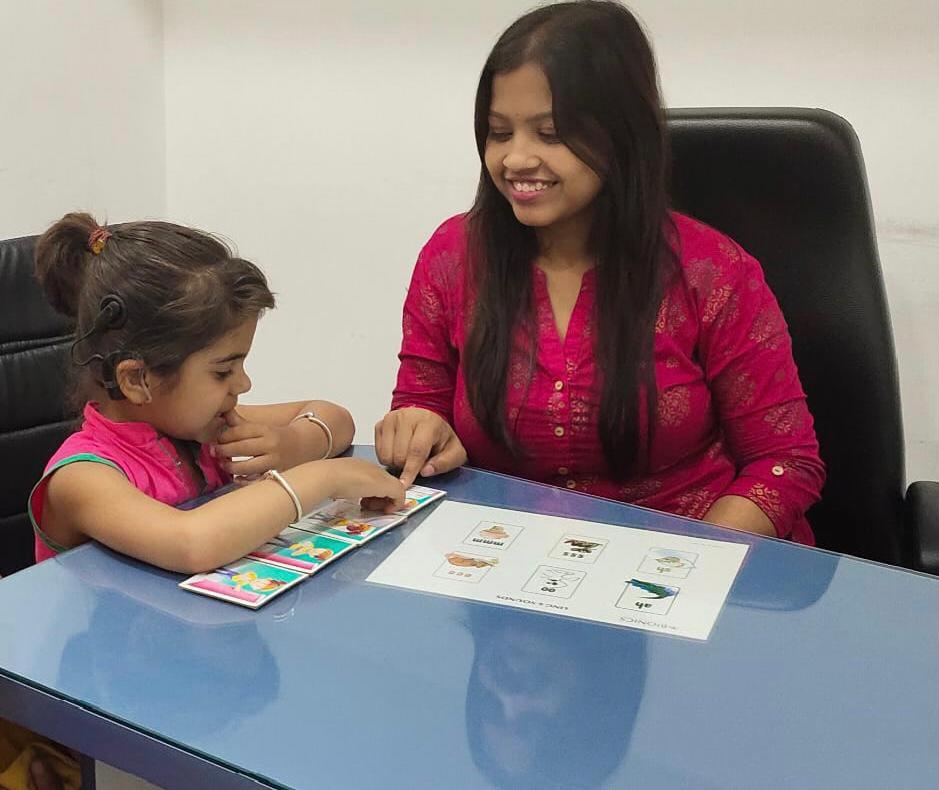
Types of Speech Therapy
Treatment plans for speech therapy for kids are based on a child’s individual needs and goals. There are several different types of speech therapy offered which address different aspects of communication. Comprehensive evaluations can be used to identify:
- Apraxia of speech
- Articulation disorders
- Autism spectrum disorders
- Down Syndrome
- Expressive language delays and disorders
- Feeding disorders
- Delays related to hearing impairment
- Oral-motor disorders
- Receptive language disorders
- Fluency disorders (stuttering)
- Pragmatic/Social language disorders
- Developmental delay
- Sensory processing disorders related to speech and language
- Hearing Tests for Babies and Children
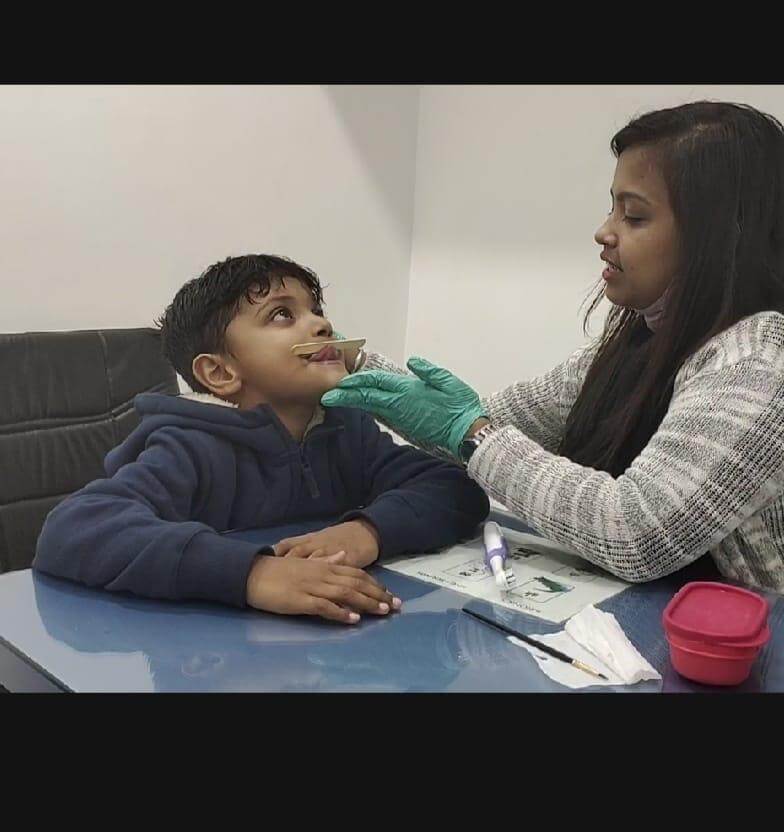
Different types of hearing tests
As part of a hearing evaluation, Audiologist will take a complete health history and conduct age appropriate Hearing Test. In addition, there are many different types of hearing tests. Some of them may be used for all ages. Others are used based on your child’s age and level of understanding.
Hearing tests for a newborn baby
There are 2 main types of hearing screening methods for newborns. These may be used alone or together:
· Evoked otoacoustic emissions (EOAE). A test that uses a tiny, flexible plug that is put into the baby’s ear. Sounds are sent through the plug. A microphone in the plug records the otoacoustic responses (emissions) of the normal ear in reaction to the sounds. There are no emissions in a baby with hearing loss. This test is painless, and it often takes just a few minutes. It is done while the baby sleeps.
· Auditory brainstem response (ABR). A test that uses wires (electrodes) attached with adhesive to the baby’s scalp. While the baby sleeps, clicking sounds are made through tiny earphones in the baby’s ears. The test measures the brain’s activity in response to the sounds. As in EOAE, this test is painless and takes only a few minutes.
If the screening test finds that your child has a hearing loss, more testing is needed. Babies with hearing loss should be identified by age 3 months. Then treatment can begin before the baby is 6 months old, an important time for speech and language development.
Hearing tests for a baby
A baby’s hearing evaluation may include the EOAE and ABR tests above. Also this test may be used:
Behavioral audiometry.
A screening test used in babies to watch their behavior in response to certain sounds. More testing may be needed.
Auditory steady-state response (ASSR) test
This test is similar to the ABR, though an infant usually needs to be sleeping or sedated for the ASSR test.
Sound passes into the ear canals, and a computer picks up the brain’s response to the sound and automatically decides whether hearing loss is mild, moderate, severe, or profound. This ASSR test has to be done with (and not instead of) ABR to check for hearing.
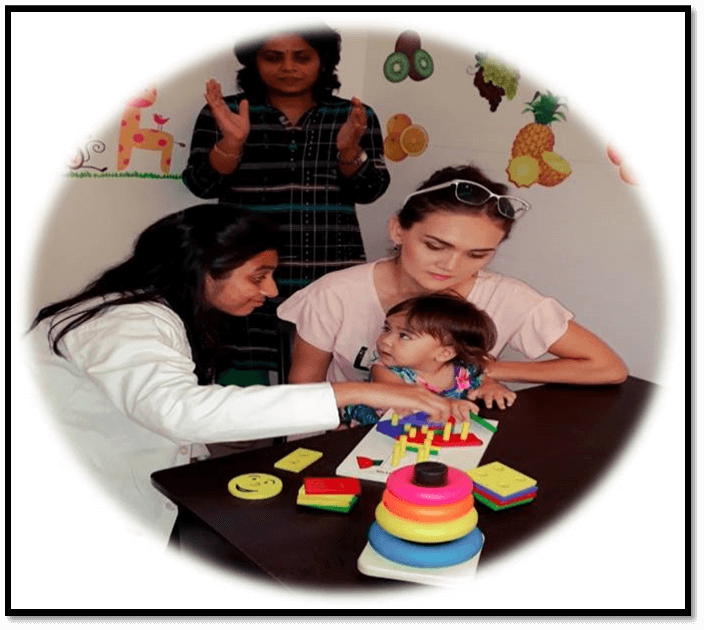
Hearing tests for a toddler
A toddler’s hearing assessment may include the tests mentioned above, along with these:
· Play audiometry. A test that uses an electrical machine to send sounds at different volumes and pitches into your child’s ears. The child often wears some type of earphones. This test is changed slightly in the toddler age group and made into a game. The toddler is asked to do something with a toy (such as touch or move a toy) every time the sound is heard. This test relies on the child’s cooperation, which may not always be possible.
· Visual reinforcement audiometry (VRA). A test where the child is trained to look toward a sound source. When the child gives a correct response, the child is rewarded through a visual reinforcement. This may be a toy that moves or a flashing light. The test is most often used for children between 6 months to 2 years old.
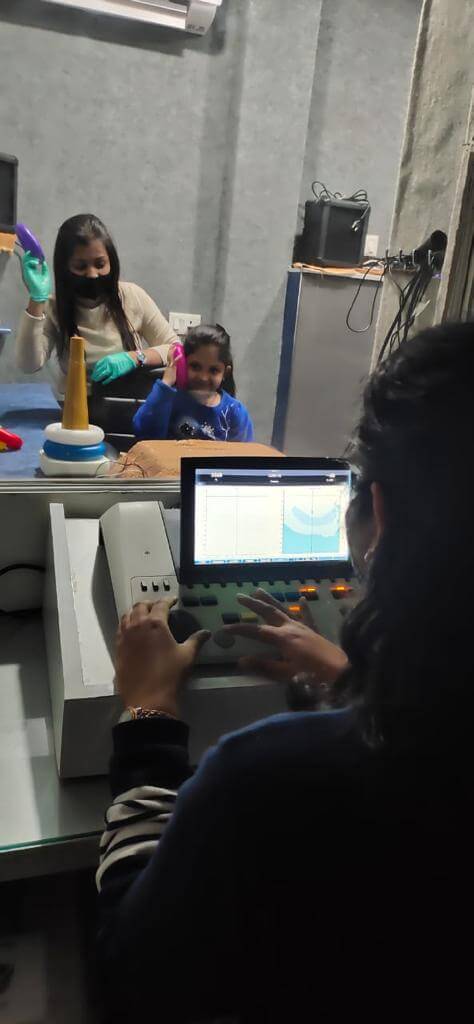
Hearing tests for an older child
A hearing evaluation for a child older than age 3 to 4 may include the tests mentioned above, along with these:
Pure tone audiometry.
A test that uses an electrical machine that makes sounds at different volumes and pitches in your child’s ears. The child often wears some type of earphones. In this age group, the child is simply asked to respond in some way when the tone is heard in the earphone.
Tympanometry (also called impedance audiometry).
This test is done to find out how the middle ear is working. It does not tell if the child is hearing or not. But it helps to find any changes in pressure in the middle ear. This is a hard test to do in younger children because the child needs to sit very still and not be crying, talking, or moving.
Once your child has been evaluated and their needs determined, our team works with you to understand their strengths and areas of improvement and create an individualized treatment plan.
Free Consultation
Designed and Developed by shubhiagarwal.com
Copyright @2023 Vlistengurgaon.com | Privacy Policy

